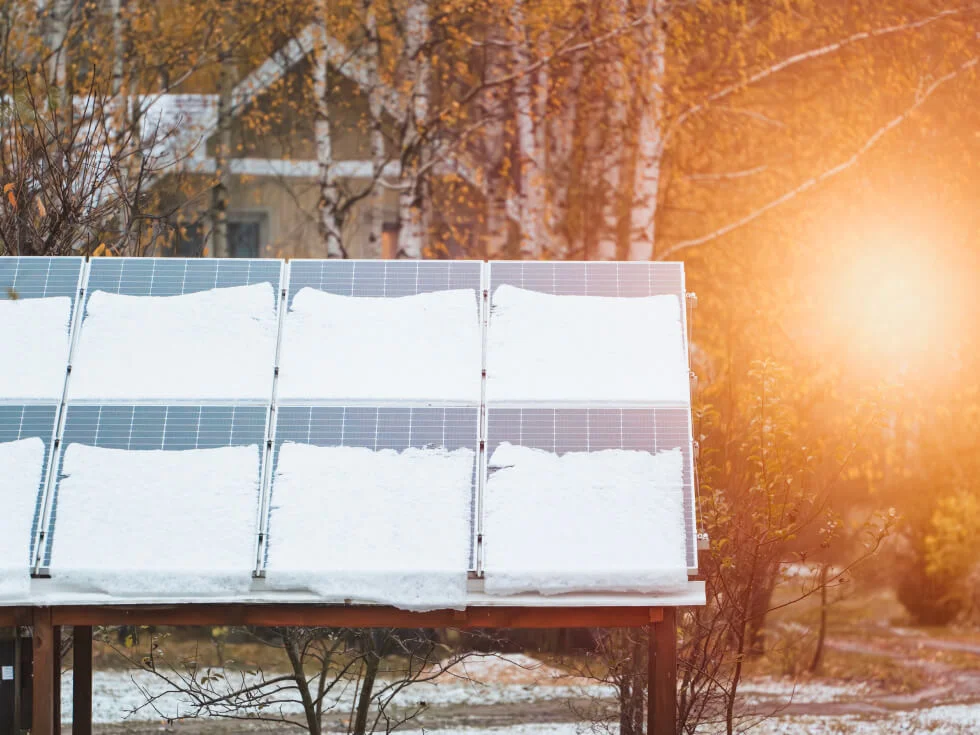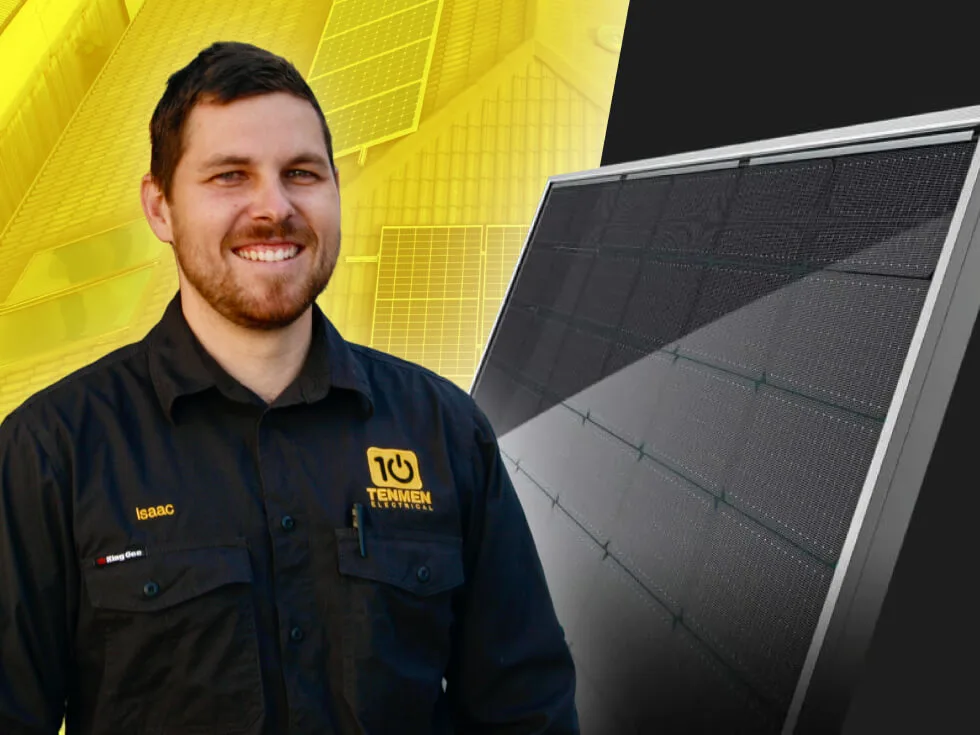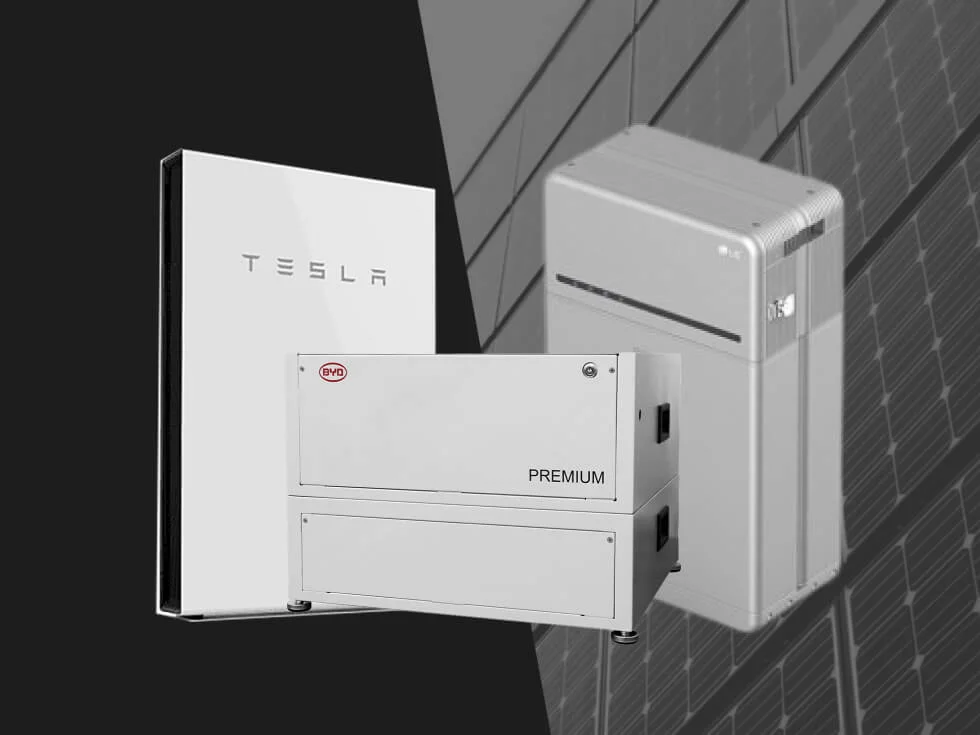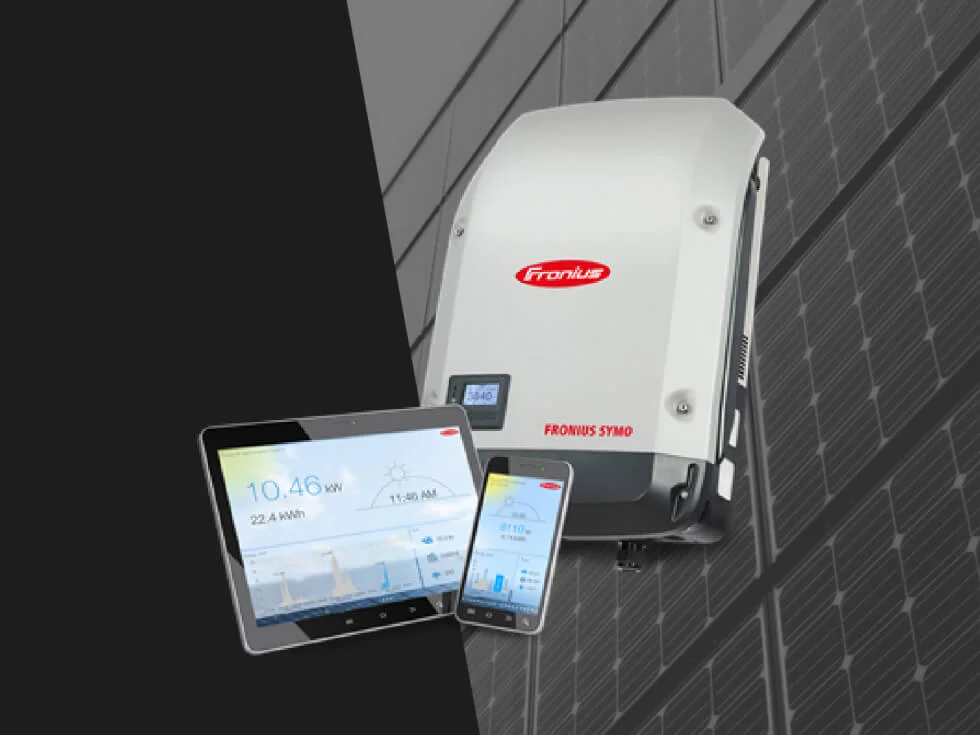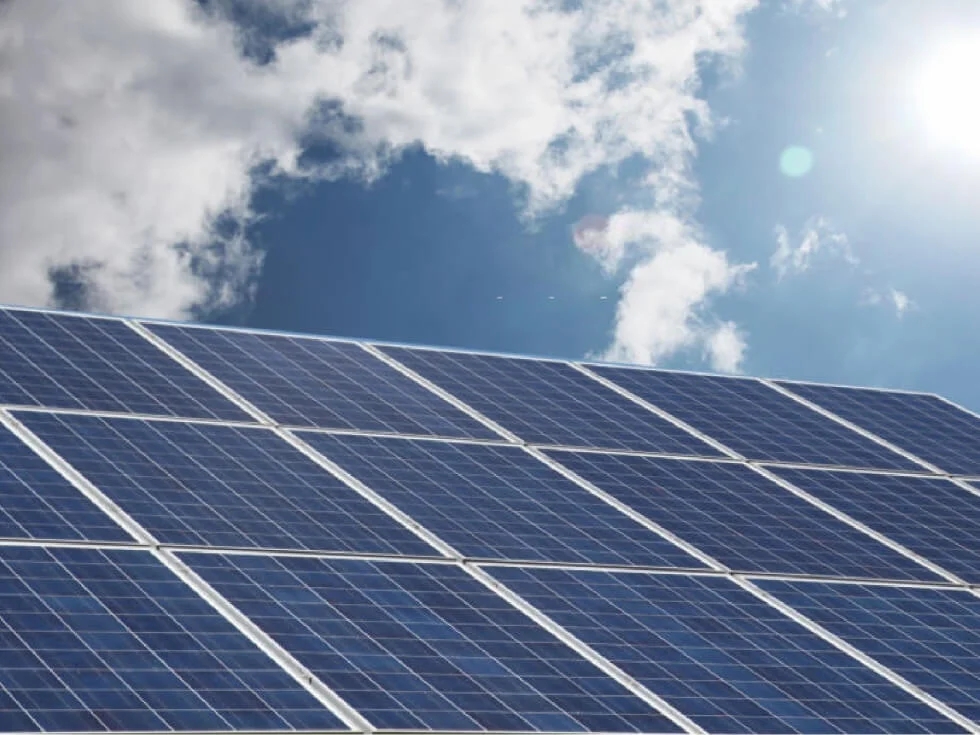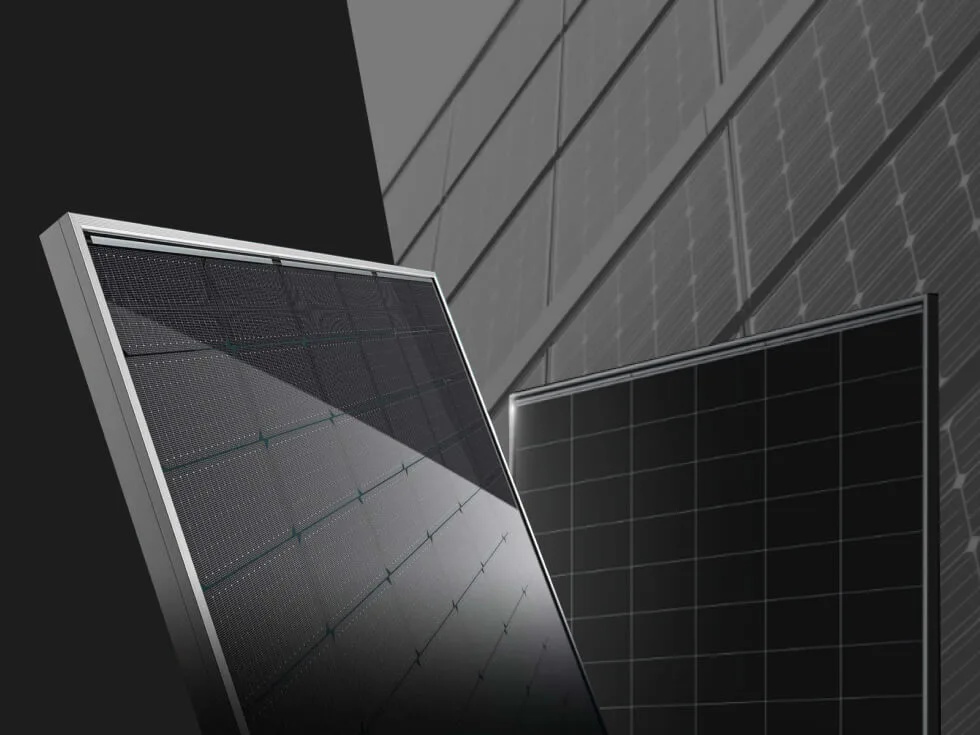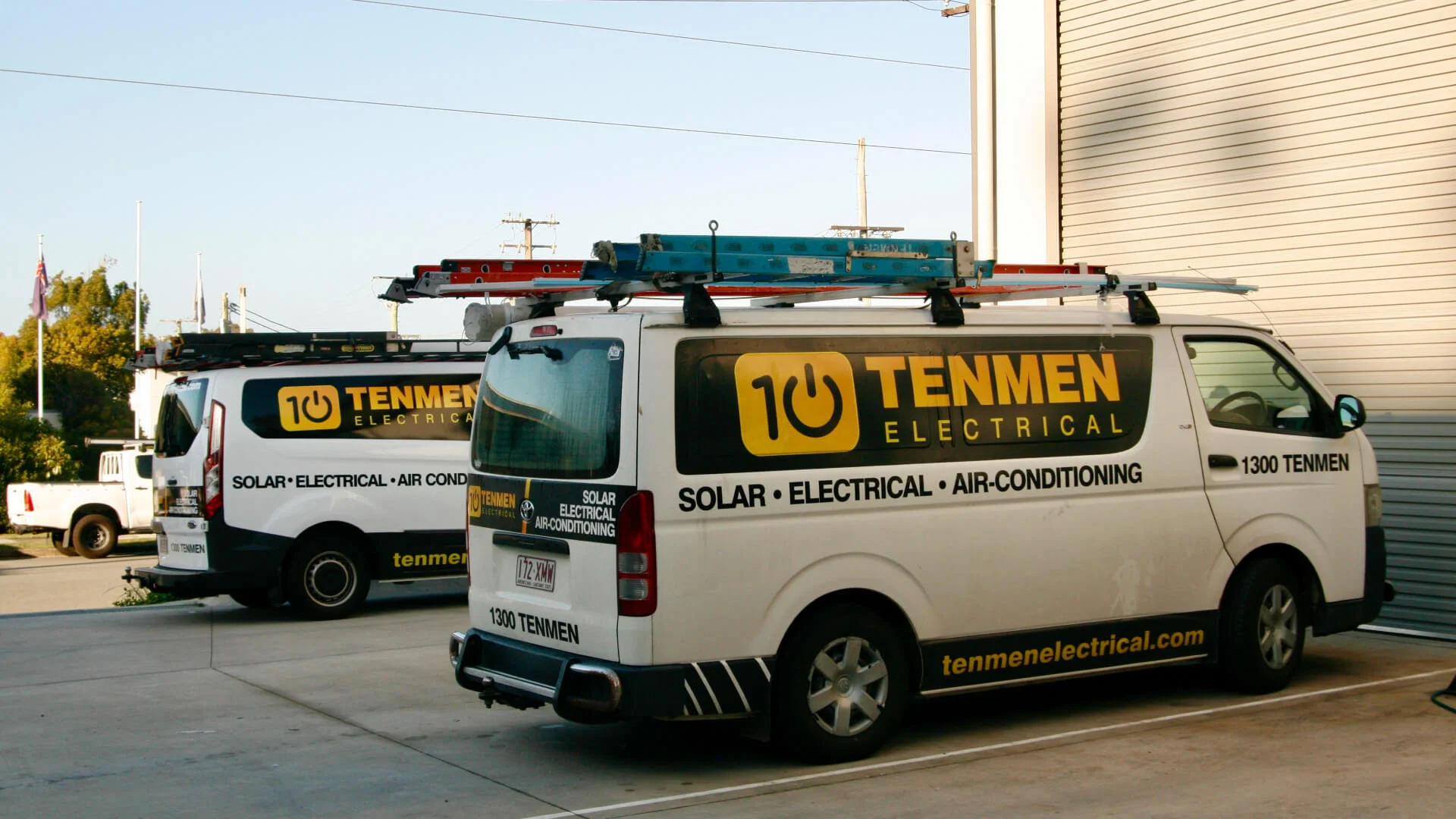Did you know a 1°C rise in temperature can cut solar panel efficiency by up to 0.5%?
I know this sounds counterintuitive because we typically associate more heat with better energy generation. However, in reality, solar panels generate energy from sunlight, and increased temperatures can cause the semiconductor materials within the panels to become less efficient at conducting electricity.
This fact highlights how weather impacts solar panels. In addition to temperature, factors like clouds, rain, and wind also influence the performance of solar systems.
Fortunately, much of Australia’s sunny weather is ideal for solar power. The majority of the country enjoys abundant sunlight throughout the year, which helps solar panels operate efficiently. However, from the hot Outback to cooler coastal regions, each area presents its own unique challenges and opportunities for harnessing solar energy.
Let’s explore how these weather factors influence solar panel performance and how you can maximise your solar energy system’s efficiency in different Australian conditions.
Key Takeaways
- Temperature changes significantly affect solar panel efficiency
- Australia’s climate is generally good for solar energy
- Various weather factors influence photovoltaic performance
- Understanding local weather patterns helps optimise solar system design
- Energy conversion rates vary based on specific weather conditions
- Module performance can be enhanced by considering regional climate characteristics
Solar Panel Efficiency Basics
Solar panel efficiency is key when it comes to making the most of your solar power.
The type of solar cells and panel materials can significantly affect how much energy your system will produce over the year. For example, N-type solar cells are known for performing well in cloudy weather.
How you install the panels matters a lot too. The number of panels, how they face, and the installation angle all affect how much energy you get. Therefore, installing panels considering the unique conditions of your location can maximise energy output and overall performance.
Keeping your solar system clean is also crucial for it to work well. Dust and dirt can block sunlight. We suggest getting a professional to clean your panels at least once a year. This keeps your solar system running at its best and makes your investment last longer.
| Efficiency Factor | Impact on Performance | |
|---|---|---|
| Panel Type | Determines base efficiency | Choose high-efficiency panels |
| Installation Angle | Affects sunlight exposure | Adjust for latitude and season |
| Shading | Reduces energy production | Trim trees and avoid obstructions |
| Maintenance | Preserves efficiency over time | Clean panels annually |
Optimising Solar Panel Installation for Weather Conditions
Achieving maximum efficiency from your solar panels begins with intelligent installation choices. This involves carefully considering panel orientation and tilt angles to enhance performance. In Australia, these settings need to be adjusted based on local conditions, making precise installation a fundamental step in ensuring optimal energy production.
Panel Orientation and Tilt Angles
Proper panel orientation and tilt angles are essential for maximising energy output. Solar panels should be aligned to capture the sun’s rays effectively. For flat roofs, installing tilted mounts is often necessary to position the panels at the ideal angle, which varies depending on your location’s latitude and seasonal sunlight. Solar experts use specialised maps and calculations to determine the best setup for your system, ensuring it captures sunlight efficiently throughout the year.
Additionally, there are now solar tracking systems that can enhance performance by adjusting the panels’ angle to follow the sun’s movement. This continuous adjustment allows the panels to absorb the maximum amount of sunlight, further increasing your system’s energy production and efficiency.

The Impact of Temperature on Photovoltaic Performance
Optimal Temperature for Solar Energy Production
Many people think solar panels work best in hot weather, but that’s not true. They perform optimally at ambient temperatures around 25°C. At this temperature, they convert sunlight into electricity most efficiently because higher temperatures cause the semiconductor materials within the panels to become less effective at conducting electricity. As a result, the amount of energy they can produce from the same amount of sunlight is reduced.
Temperature Coefficient and Efficiency Loss
Solar panels have a temperature coefficient, usually between 0.20% to 0.50%. This shows how much efficiency drops for each degree above the optimal temperature. For example, at 35°C, panels might lose from 2% to 5% efficiency.
| Temperature (°C) | Potential Efficiency Loss |
|---|---|
| 25 | 0% |
| 30 | 2.5% |
| 35 | 5% |
| 40 | 7.5% |
Seasonal Temperature Variations and Energy Output
Warmer weather can make panels less efficient. But summer often means more electricity because of longer daylight and clearer skies. This mix of temperature and sunlight affects how much energy we get all year.
Sunlight Intensity and Its Effect on Energy Conversion Rates
Sunlight intensity also plays a crucial role in how effectively solar panels generate energy. The amount of sunlight directly impacts the energy production of the panels. In Australia, sunlight varies throughout the year, which affects their efficiency.
During summer, longer days provide panels with more exposure to sunlight, resulting in higher energy production. Panels operate most efficiently when the sun is at its strongest and unobstructed, typically around midday.
Your location in Australia also influences the amount of sunlight your panels receive. In northern regions, panels benefit from more consistent sunlight year-round, while southern areas experience more seasonal variation, impacting overall energy generation.
Cloud Cover and Solar Panel Efficiency
Partial vs. Full Cloud Coverage
On days with just some clouds, solar panels might make 10% to 25% less power. If the sky is fully covered, energy production could fall by up to 90%. This shows why knowing the weather is important when setting up solar systems.
The “Edge of Cloud” Effect
Cloud edges can create an interesting effect. Sunlight bouncing off the clouds can make more sunbeams hit solar panels. This “edge of cloud” effect can briefly boost electricity production. It shows how complex the relationship between clouds and solar energy is.
Energy Production on Overcast Days
Even when it’s very cloudy, solar panels still make electricity. They usually produce 10-30% of what they do on sunny days. This shows solar power can work well even in places with lots of clouds.
| Cloud Cover Type | Energy Production (%) | Shading Impact Reduction Strategy |
|---|---|---|
| Clear Sky | 100% | Regular panel cleaning |
| Partial Clouds | 75-90% | Micro-inverter technology |
| Overcast | 10-30% | High-efficiency panels |
| Heavy Rain Clouds | 5-10% | Battery storage systems |
Rainfall and Solar Panel Performance
Rain has a special effect on solar panels. It can block sunlight and lower energy production for a short time, but it doesn’t directly affect how well the panels work. In fact, rain can be good for solar systems.
Rain cleans solar panels naturally. It removes dirt, dust, and other stuff that builds up. This keeps the panels working well without needing to clean them often. So, rain helps solar panels work better by keeping them clean.
In Australia, some places get more rain than others. If you live in a dry area, you should clean your solar panels regularly. We suggest cleaning them every now and then to keep them working right.
Scientists are working on new solar tech that uses sunlight and rain. These new panels can make electricity even when it’s raining. These are still being developed, but they could change how we use solar energy.

Wind Conditions and Their Influence on Solar Systems
Wind’s Role in Panel Cooling
Gentle winds can cool solar panels down. This makes them work better, especially in Australia’s hot summers. When panels are cool and close to their optimal working temperature, they convert more sunlight into electricity.
Potential Risks of Strong Winds
Strong winds can be a problem for solar panels. If panels aren’t securely installed, they might get damaged or moved. It’s important to have them installed by experts to handle the wind in your area.
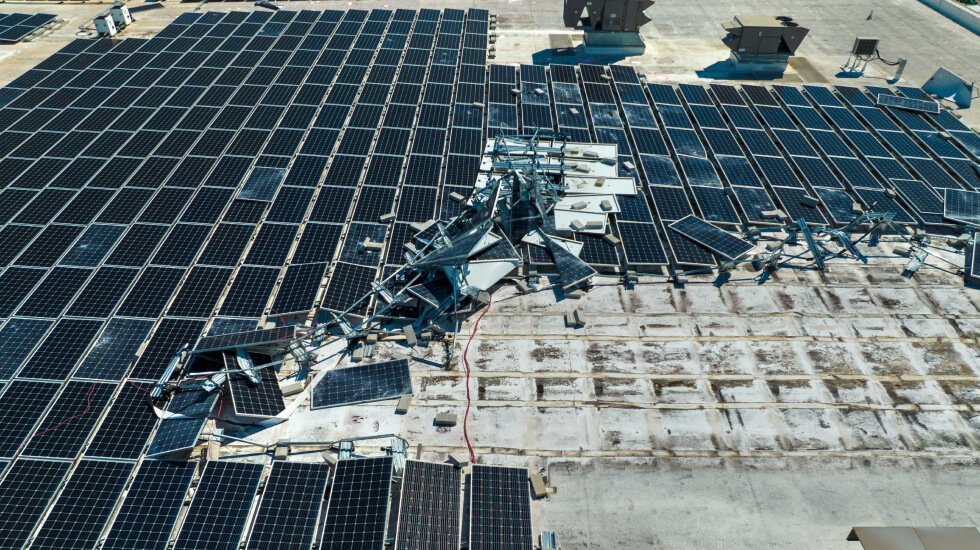
Dust and Debris Accumulation
Wind can also bring dust and debris to solar panels, making them less efficient. Keeping them clean is key to their performance. How often you need to clean depends on where you live and how your panels are set up.
| Wind Speed | Effect on Solar Panels | Recommended Action |
|---|---|---|
| 0-10 km/h | Minimal cooling, possible dust accumulation | Regular cleaning |
| 10-20 km/h | Optimal cooling, improved efficiency | Standard maintenance |
| 20-40 km/h | Enhanced cooling, potential debris buildup | Increased cleaning frequency |
| >40 km/h | Risk of panel damage, excessive debris | Professional inspection, secure mounting |
Seasonal Weather Patterns and Solar Energy Generation
Now, let’s explore how seasonal weather patterns impact solar power production.
Summer brings longer days and clearer skies. This means more sunlight for our panels. Even though high temperatures can slightly lower panel efficiency, summer still generates the most energy overall. Winter, however, has shorter days and more clouds. This leads to less solar energy output.
Here’s an estimate of how much power you might get in each season, considering you have an 8kW system on the Sunshine Coast:
| Season | Average Daily Energy Output (kWh) | Relative Efficiency |
|---|---|---|
| Summer | 30-40 | 100% |
| Autumn | 20-25 | 70% |
| Winter | 15-20 | 50% |
| Spring | 25-30 | 80% |
To get the most from your solar system all year round, planning is key. Some panels work better in low light, which helps in winter. The right setup can smooth out these seasonal ups and downs, keeping your power supply steady.
Solar Panel Efficiency in Extreme Weather Events
Not a huge concern for Australia, but heavy snow can be a problem for solar panels. Panels on a tilt often let snow slide off. This keeps them working well in winter.
In places with a lot of hail, it’s smart to pick panels that can handle the hits.
Extreme heat can make solar panels work less efficiently. But, good panels are made to handle high temperatures without getting damaged.
For places at risk of flooding, putting panels up high is obviously a good idea. Even though ground-mounted solar panels are less common than roof-mounted systems, they are sometimes used when there is ample land or specific site conditions, and in flood-prone areas, elevating them is crucial to avoid water damage.

| Weather Event | Impact on Solar Panels | Mitigation Strategy |
|---|---|---|
| Heavy Snow | Blocks sunlight | Tilted installation |
| Hail | Potential panel damage | High impact-resistant panels |
| Heat Waves | Temporary efficiency drop | Quality, heat-resistant panels |
| Flooding | Risk to ground systems | Elevated mounting |
By picking the right gear and setup, we can make sure solar panels perform well no matter the weather.
In Closing
As you can see, there are a lot of factors to consider when choosing the right solar system for your home or business. At Tenmen Electrical, we have all the local expertise needed to assist you with choosing and installing the best solar options for Sunshine Coast weather conditions. Give us a call to discuss your options today!

